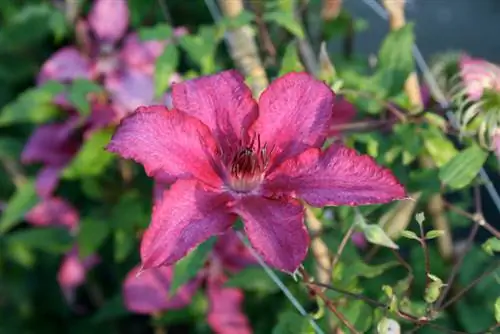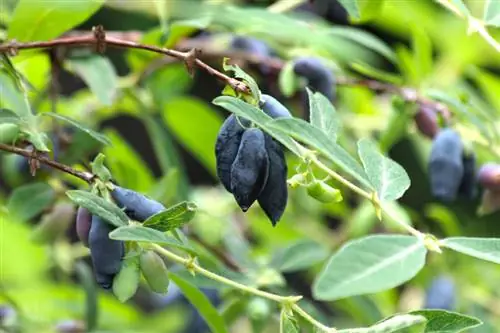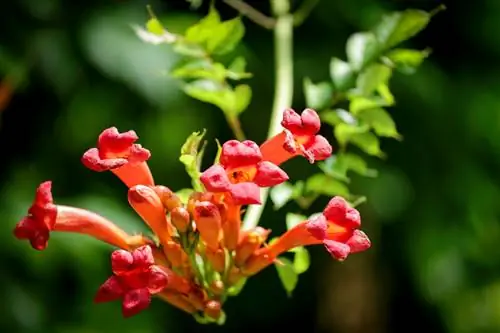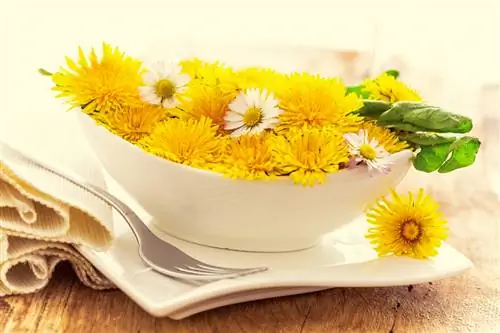- Author admin [email protected].
- Public 2023-12-16 16:46.
- Last modified 2025-01-23 11:20.
In summer we encounter the butterfly lilac on bank embankments, on abandoned factory sites or along secluded railway tracks. Its most beautiful varieties are showcased in parks and ornamental gardens. Its frequency rightly raises the question of the extent to which the butterfly bush is poisonous to humans and animals. Read the answer here.
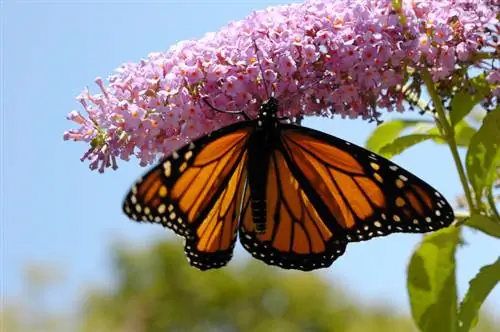
Is the butterfly lilac poisonous?
The butterfly lilac (Buddleja davidii) is slightly poisonous to humans and animals, especially in leaves and seeds. The contained glycosides Catapol, Aucubin and various saponins can cause mild to moderate symptoms of poisoning, especially in children and pets.
Slightly toxic to humans and animals
With its seductive scent, the butterfly bush announces its presence from a distance during its flowering period. If you follow the scent, you will come across a flowering tree up to 300 cm tall with large, purple or white panicles. Buddleja davidii owes its name to the attraction that its nectar-rich flowers have on butterflies. The magnificent appearance, of course, belies the following toxic ingredients:
- The glycosides catapol and aucubin
- Various saponins
These substances cause mild to moderate symptoms of poisoning after intentional or unintentional consumption. The highest concentration is in leaves and seeds. Children and pets are primarily at risk. Therefore, do not leave small children unattended near butterfly lilac. Do not use the leaves as green food for rabbits and guinea pigs.
Do not dispose of clippings on pastures
Since a butterfly bush is cut back to 20 cm in spring, there is always a large amount of clippings. Please do not dispose of the leftovers in a cattle or horse pasture. If the animals eat a large amount of leaves and seeds, symptoms of poisoning are inevitable. The clippings should only be put on the compost if no animals can eat them.
Tip
The slightly toxic content of the seeds is another argument for cleaning out withered flowers on the butterfly bush as soon as possible. In this way, you prevent the growth of the toxic capsule fruits and invasive spread through self-sowing in one operation.


